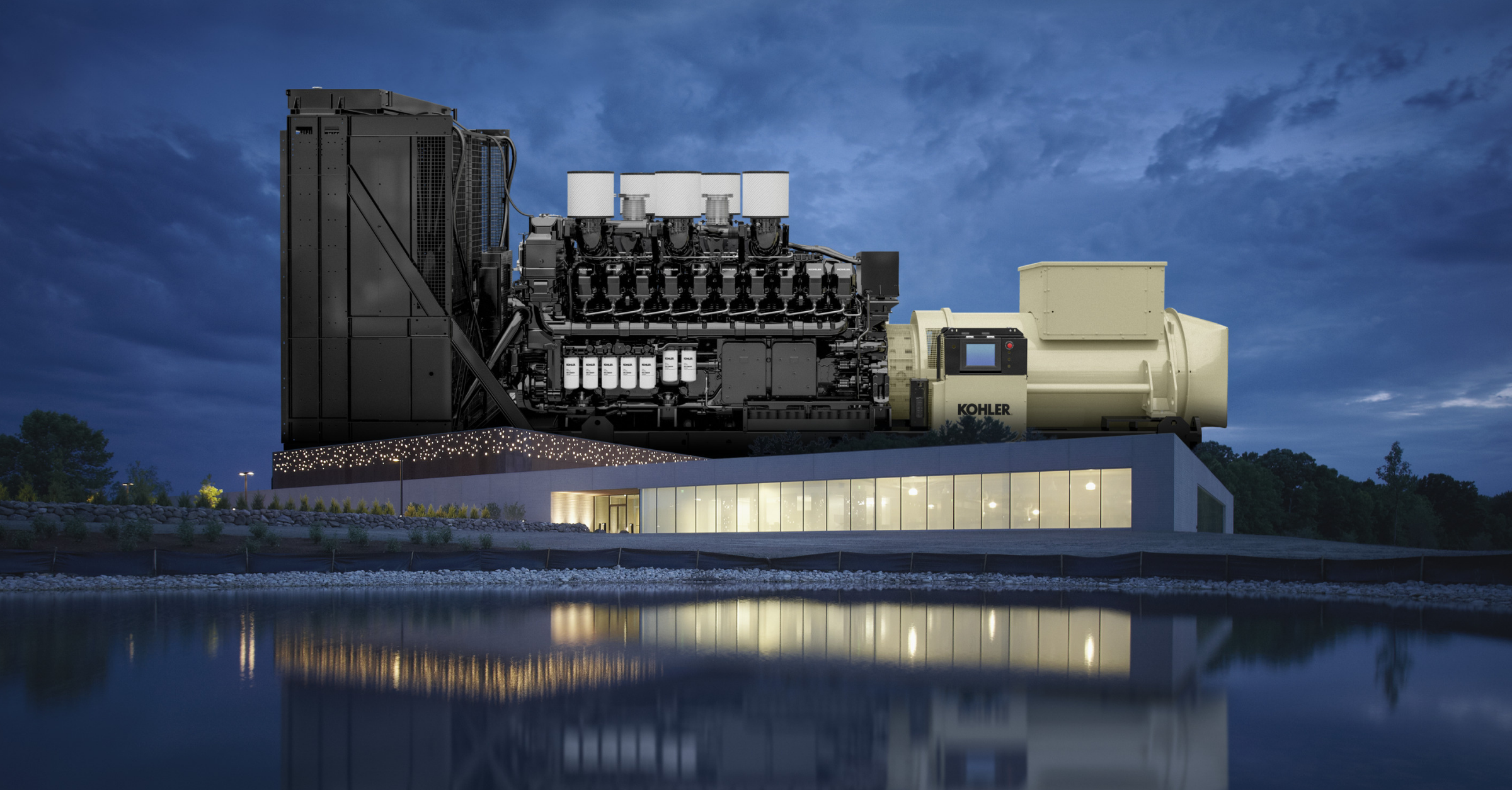How to Pick the Best Generator for Your Data Center
The diversification of data centers is being matched by the diversity of ancillary services.
Booming demand for cloud-based services has seen rapid growth in the market for data centers. Revenues in the data center market are expected to increase at a compound annual growth rate of 4.5% from 2021 to 2026, according to a report from ResearchandMarkets.com published in February 2021. Some of this growth is due to the pandemic, which increased global internet traffic between 25% and 30% during March and April 2020.
In response, more data centers are being built, and in increasingly diverse ways, with more regional and local data centers being constructed to complement the existing hyperscale facilities.
One-size-fits-all no longer fits with data center gensets
The diversification of data center designs is being matched by a diversification in the way that ancillary services, such as backup power generation, are provided. It is no longer enough for data center architects to fall back on specifying a standard generator set (genset) in a standard enclosure for every design they undertake. Different applications, locations and scales require different solutions that match local needs and constraints.
Hyperscale data centers
The challenge: Hyperscale data centers have at least 5,000 servers and a footprint of at least 10,000 square feet, according to a definition published by IDC in 2016. Such facilities, especially if they consume more than 100MW of power, must have a very high level of redundancy for a facility’s backup power capacity. The sheer scale and amount of heat created make ventilation a crucial consideration along with ease of access for maintenance.
The solution: To serve the trend to modular data centers, the KD series gensets are designed to be built and tested with all the options connected in the factory, before installation onto an external slab. The gensets have built-in vibration isolation so that data center architects don’t need to specify and install under-unit vibration isolators of their own.
Kohler offers the KD series gensets in hurricane-rated enclosures which are designed to survive wind loadings of up to 186MPH. Bespoke versions of the gensets are also available to maximize cooling airflow, which makes them ideal for use in rackable layouts where ventilation is challenging.
Kohler also offers the KD Series within walk-in Power Optimised Design Solutions (PODS), which are enclosures that have enough space for the internal cooling needed to enable them to accommodate the KD series generators.
The base module of the walk-in PODS is 4m wide and 4m high. The enclosures have interior lights, and lockable swing doors with anti-panic bars to allow operators to access the genset. Rain barrier grilles protect air inlets and outlets from harsh weather.
The PODS can be specified to offer 85dB(A) of noise suppression when measured at a distance of 7m, although options for 75dB(A) or 65dB(A) of noise suppression are also available.
Regional data centers
The challenge: For regional data centers that draw up to 25MW, there is the need to consider existing modular data center structures which will be pre-populated with servers and networking equipment.
The solution: Kohler offers its KD2000 and KD3000 gensets. These are housed in 40-foot containers rather than under canopies, which means that they can be stacked alongside standard-sized shipping containers for ease of transportation and installation. The use of a standard shipping container format also means that they integrate well with existing equipment.
Edge data centers
The challenge: As smaller facilities, often located very close to the populations they serve, space is at a premium with these data centers.
The solution: Kohler offers lower power gensets, such as the KD800 and KD1800. These generators are usually housed within a 20-foot container or a skin-tight enclosure, although this can be modified to suit.
